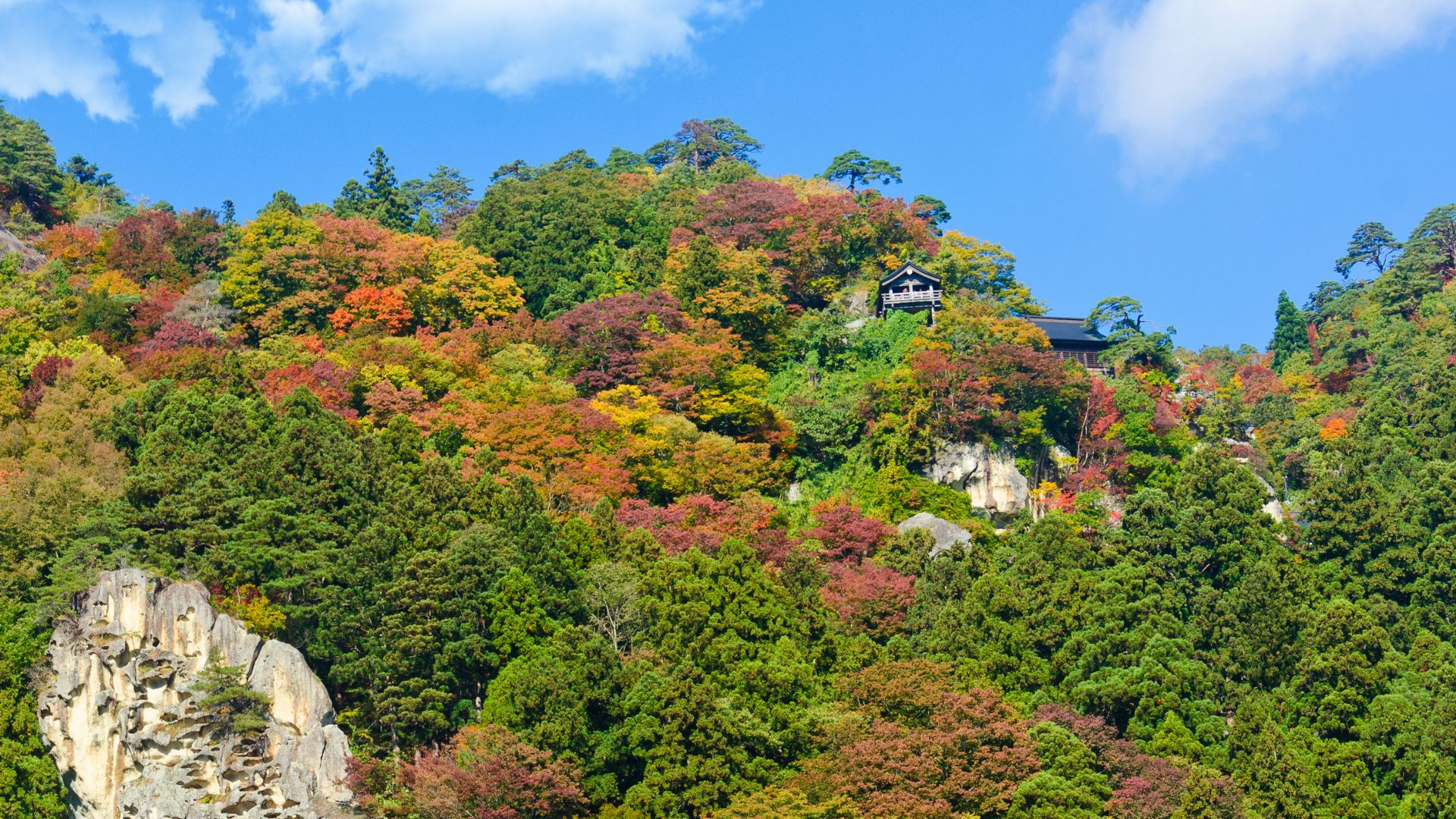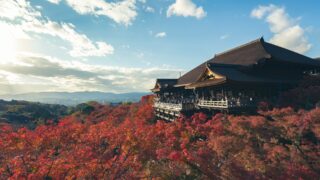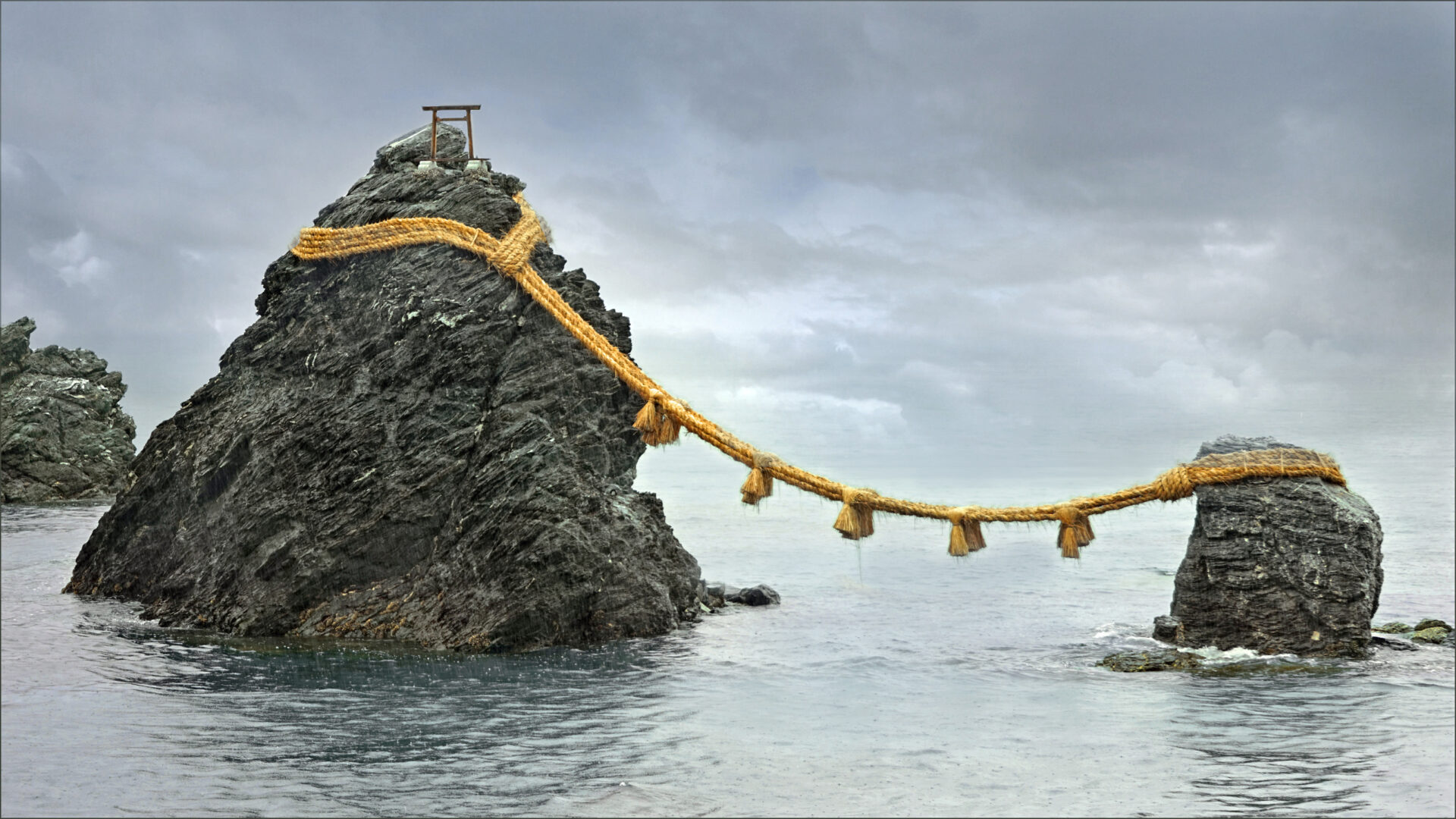
Mao Goto is a Japanese freelancer who was born in Hayama, Kanagawa prefecture, and raised in Tokyo. Since 2016 she lives in the Taito Ward, home to a lot of Japanese culture hotspots such as Asakusa, Akihabara, and Ueno. She has been interested in the field of English education in Japan and got her Master’s degree in March 2020. A lover of photography, travel, sweets, and cross-stitch. Contact her via Facebook.
This post may contain some affiliate links. When you click through and make a purchase we may receive some commission, at no extra cost to you.
Japanese temples, with their natural beauty and deep history, are truly inspiring places; especially for tourists. The country’s lands are dotted with traditional temples that have endured the test of time and each have their own special charm. They are places where cultures and religions are intertwined, where the sacred and the unique are beautifully blended together. These temples take an innovative and engaging approach as well as traditional architectural styles and historical backgrounds. Experience the unique spirituality of Japan while at the same time discovering the unique charm of the place. By visiting, you will be truly moved by the depth and beauty of Japanese temples. In this article, we will introduce 10 temples that are full of charm.
- 1. Gotokuji Temple (Tokyo)
- 2. Yamadera Temple (Yamagata)
- 3. Okuno-in Temple (Koyasan)
- 4. Myouryuji (Aka Ninja Temple, Kanazawa)
- 5. Ryoanji (Kyoto)
- 6. Hokokuji Temple (Kamakura)
- 7. Todaiji Temple (Nara)
- 8. Sanjusangendo Temple (Kyoto)
- 9. Kongobuji Temple (Koya-san)
- 10. Byodoin Temple (Uji)
- Japan Wonder Travel Tours
- Other Articles you Might be Interested in
1. Gotokuji Temple (Tokyo)
Gotokuji Temple is a Soto Sect temple built in 1480 by Kira Masatada, lord of Setagaya Castle, and its history is long and colored with interesting anecdotes. A feudal lord named Ii Naotaka was protected from severe thunderstorms by the beckoning of Manekineko, leading to the temple’s dedication of Manekineko. In the end, the establishment of the Manekineko shrine, believed to be the origin of the beckoning cat, is accompanied by an array of beckoning cat statues positioned beside the hall. These statues skillfully raise their right hands, beckoning and ushering in good fortune. Please enjoy the historical background as well as the good fortune of Manekineko to your heart’s content, while appreciating a good old Japanese atmosphere.
Official Website: Gotokuji Temple

2. Yamadera Temple (Yamagata)
Yamadera (or Rissyakuji) is known for the famous haiku by Matsuo Basho. This poem describes the tranquil atmosphere and beautiful nature of the mountain temple, which attracts many people. Located in Yamagata Prefecture, the typical route to this temple is to climb 1015 long stone steps to the inner sanctuary. This austere route of worship is a perfect blend of historical elements and natural beauty. The beauty of this temple is especially striking in the fall, when the temple is covered in bright red autumn leaves. If you are looking for the tranquility and beauty described in Basho’s haiku, a visit to Yamadera Temple is perfect for you.
Official Website: Yamadera (Risshyku-ji) (Only in Japanese)

3. Okuno-in Temple (Koyasan)
Okuno-in Temple, located in Nagano Prefecture, is the center of faith at Koyasan and is the sacred site where Kobo Daishi was enshrined. The approach to Okuno-in Temple is lined with more than 200,000 tombstones, including those of warring feudal lords such as Takeda Shingen and Oda Nobunaga, amidst a dense cedar grove. A journey to follow the tombstones of these historical figures is an adventure that allows visitors to experience the mystical atmosphere of a temple surrounded by gorgeous mountains. Okuno-in Temple is a place where history and faith meet and will bring deep emotion and contemplation to the visitor. We recommend that you follow in the footsteps of historical figures in the forest surrounding this temple, and quietly experience history at its best.

4. Myouryuji (Aka Ninja Temple, Kanazawa)
Myouryuji Temple, located in Ishikawa Prefecture, is known as a temple where visitors can truly immerse themselves in the Ninja World! This “ninja temple” has typical tricks hidden throughout the temple, such as a money box that turns into a pit, a hidden staircase that appears when the floorboards are turned up, and a well that is said to have served as a way to get to Kanazawa Castle. Although the exterior of the temple is two stories high, it is actually seven stories high, with 23 rooms and 29 staircases spread throughout. The temple’s maze-like structure is sure to inspire a ninja-like sense of adventure in visitors. At Myouryu-ji Temple, enjoy the profound history and tricksy architecture while experiencing the world of the ninja!
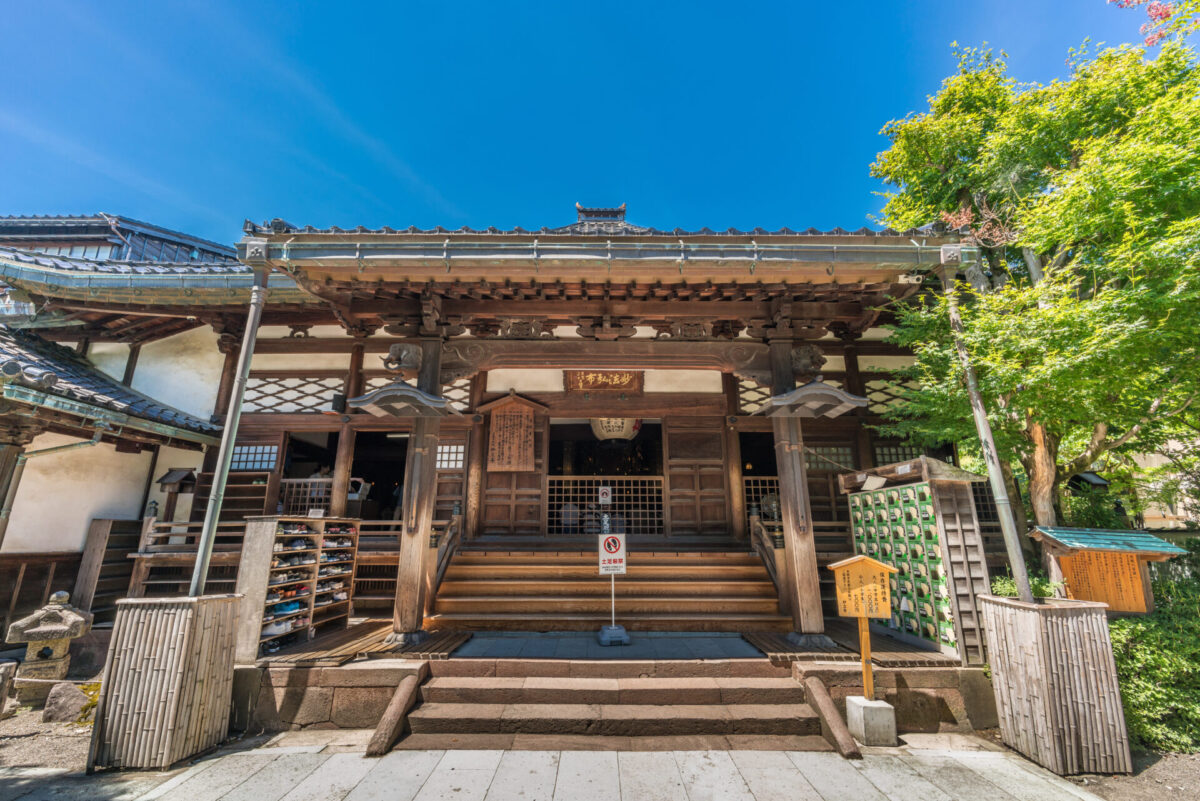
5. Ryoanji (Kyoto)
Ryoan-ji Temple in Kyoto was built in 1450 by Hosokawa Katsumoto, a key figure in the Muromachi shogunate. Its history and prestige make it one of Japan’s representative temples. In 1975, Queen Elizabeth II paid an official visit to Ryoan-ji Temple and especially praised its stone garden. This led to the world-famous Karesansui (dry landscape garden) stone garden. This garden is unique because there is the absence of green plants, and the spirit of “wabi-sabi“, unique to Zen temples, pervades the entire garden. Constructed by the arrangement of stones, this garden offers a serene atmosphere and unique beauty. The garden at Ryoanji, along with the spirit of Zen, deeply impresses visitors, and its stately beauty attracts many people every year.
Official Website: Ryoanji (Only in Japanese)
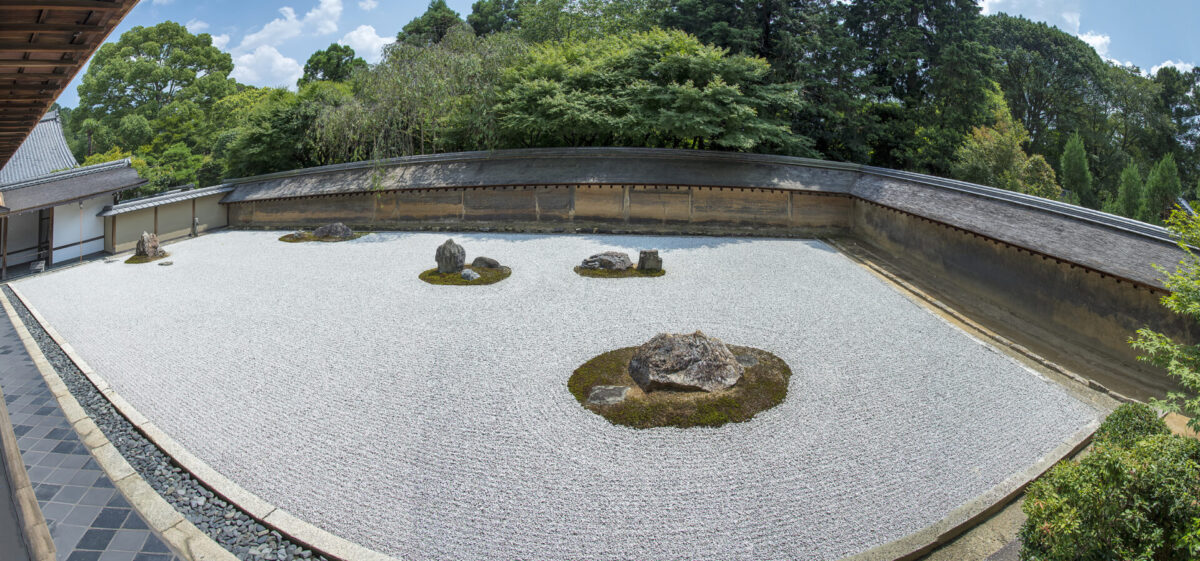
6. Hokokuji Temple (Kamakura)
Kamakura in Kanagawa Prefecture is dotted with historical temples, and among them, the Report Temple is especially known for its bamboo garden surrounded by beautiful greenery. With approximately 2,000 bamboo trees growing thickly, this garden is filled with negative ions and a tranquil atmosphere. We recommend you to have a cup of delicious matcha tea and relax your mind and body in this peaceful bamboo garden. A moment in the bamboo grove will be a wonderful experience of comfort and peace and the history of Kamakura.
Official Website: Hokokuji Temple
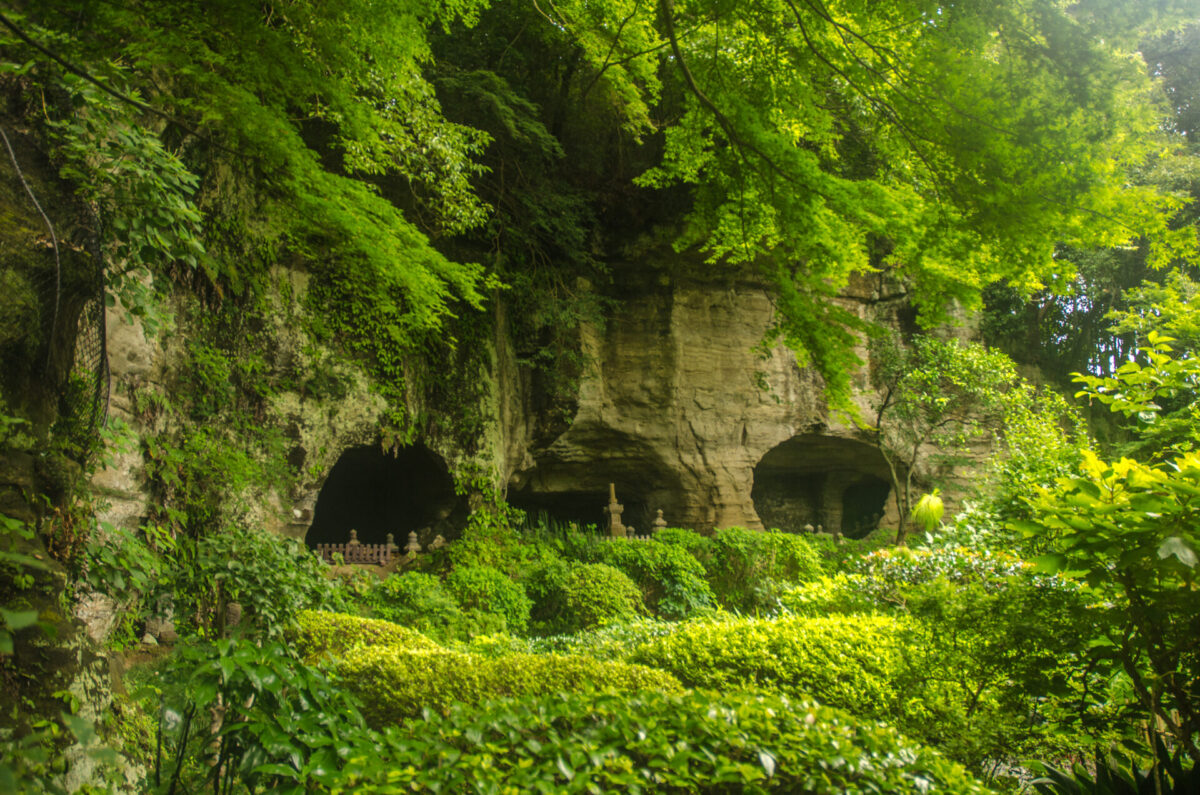
7. Todaiji Temple (Nara)
Todaiji Temple in Nara was built in the Nara period, and Daibutsuden Hall (Great Buddha Hall) is one of the largest wooden structures in the world. The Daibutsuden Hall, built with the help of a total of more than 2.6 million people, houses the Daibutsu, a statue of the Great Buddha that wishes for happiness. The Todaiji Museum Shop offers a wide variety of goods related to the Great Buddha, including postcards and tableware. These items are not only souvenirs, but also wonderful mementos to remind you of the excitement of this visit. Please take a moment to color your memories of your visit to Todaiji Temple with items that symbolize the history and beauty of the Daibutsuden.
Official Website: Todaiji Temple

8. Sanjusangendo Temple (Kyoto)
Sanjusangendo is a temple located in Kyoto, so named because the inner sanctuary of the main hall, which stretches 120 meters from north to south, has 33 pillared rooms. The temple is known for its stunning architectural structure and historical value. The main hall houses many national treasures and important cultural properties, including 1,000 life-size standing statues of the Thousand-Armed Kannon, the Wind and Thunder Gods, and etc. Each of the Buddha statues is elaborately crafted, and the sight of the statues lined up in a row is a sight to behold. Once inside the Sanjusangendo, visitors will be overwhelmed by the magnificent space created by the statues. This temple is full of attractions and will bring you a deep impression of the beautiful Japanese Buddhist art.
Official Website: Sanjusangendo Temple
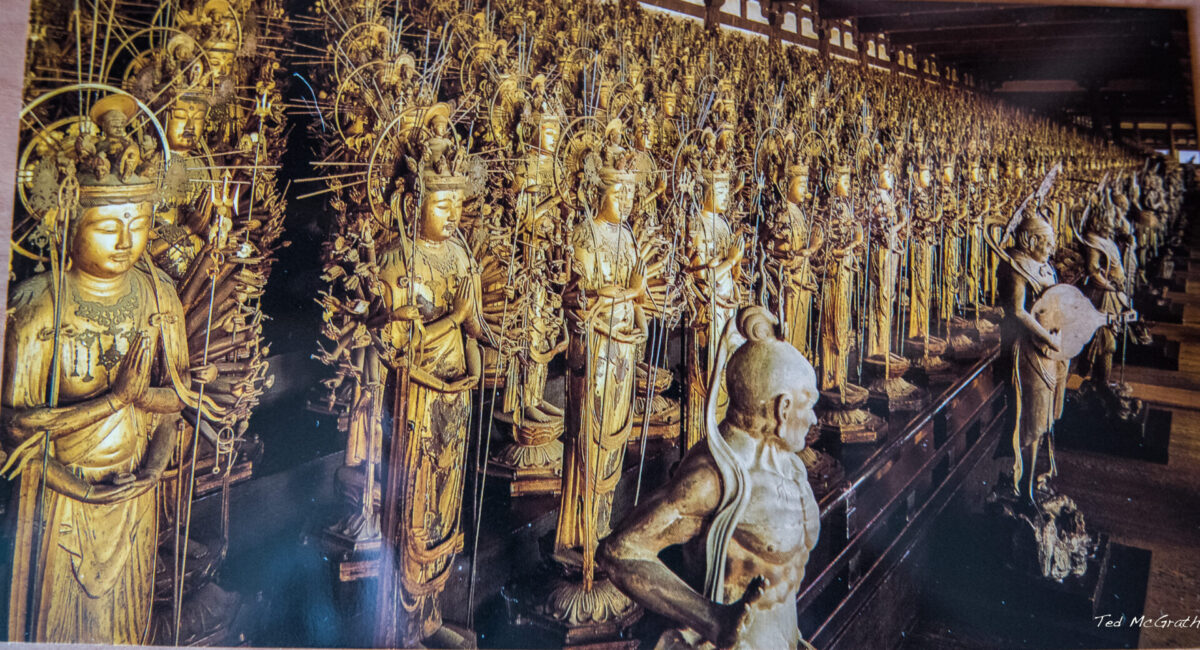
9. Kongobuji Temple (Koya-san)
Koyasan, stretching across Wakayama Prefecture, is located in a mountainous upper basin surrounded by mountains at an elevation of approximately 1,000 meters and is a sacred site of Shingon esoteric Buddhism founded by Kobo Daishi Kukai approximately 1,200 years ago. As many as 117 temples are clustered here, of which Kongobuji Temple is the most important as the head temple of the Koyasan Shingon sect. The “Yanagi-no-Ma” (Willow Room) in Kongobuji Temple is of great historical value, and is also known as the room where Hidetsugu Toyotomi, a general in the Sengoku period, killed himself with his katana blade. Here, spread out among the tranquil mountains of Koyasan, history and faith merge to bring deep emotion and spiritual peace to visitors.
Official Website: Kongobuji Temple
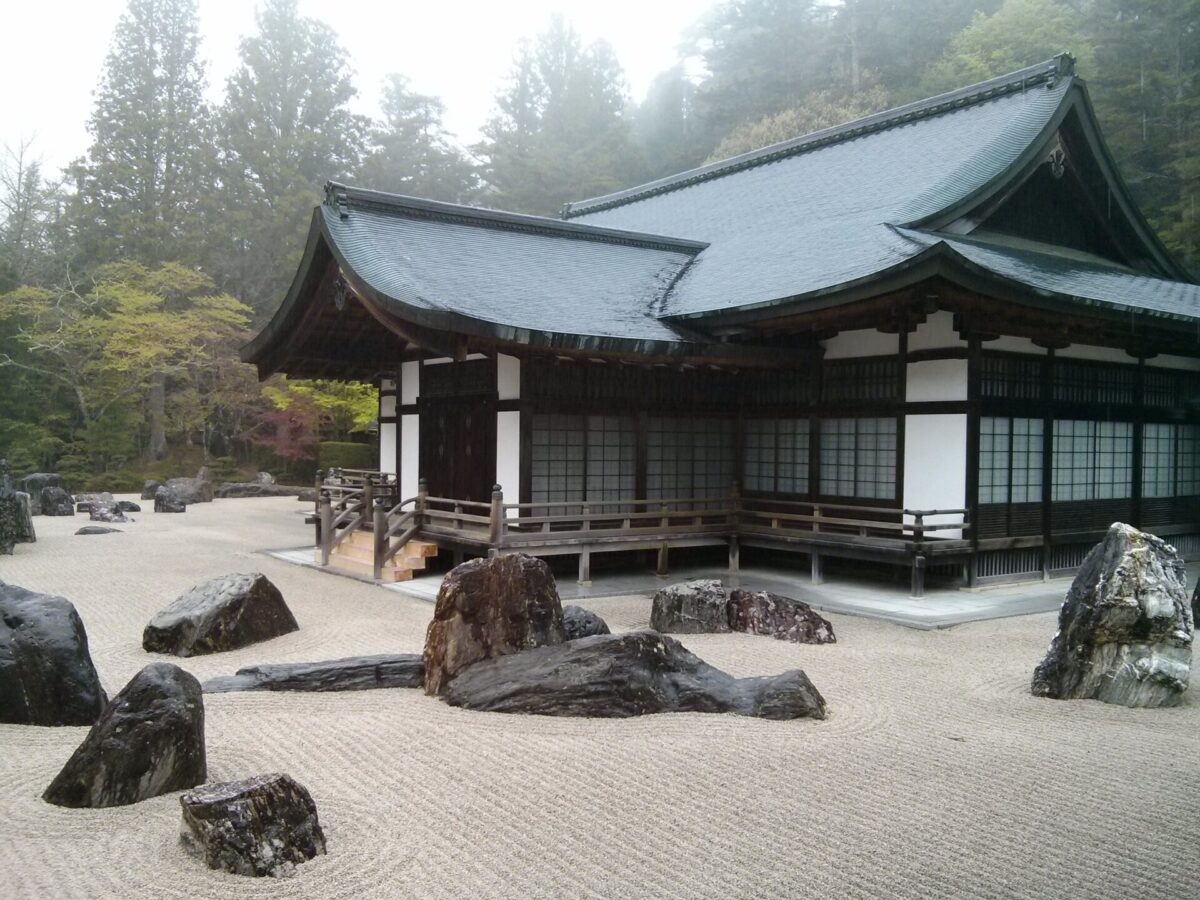
10. Byodoin Temple (Uji)
Byodoin, located in Uji, is a symbol of the prosperity of the Fujiwara family during the Heian period. The villa on the west bank of the Uji River was given to Yorimichi Fujiwara by his father, Michinaga, and was later converted by him into a Buddhist Temple. The Hōuou hall (Phoenix Hall), a national treasure, strongly conveys the life of the aristocrats of the Heian period as they envisioned the Gokuraku jyoudo (Pure Land of Ultimate Bliss). This building is also familiar as the design for Japan’s 10-yen coin. Byodoin is surrounded by beautiful flowers such as wisteria and autumn leaves that bloom from season to season. The scenery is as if the aristocratic culture of the Heian period is still alive, offering visitors a moment of tranquility and elegance in a place where history and nature are in harmony.
Official Website: Byodoin Temple
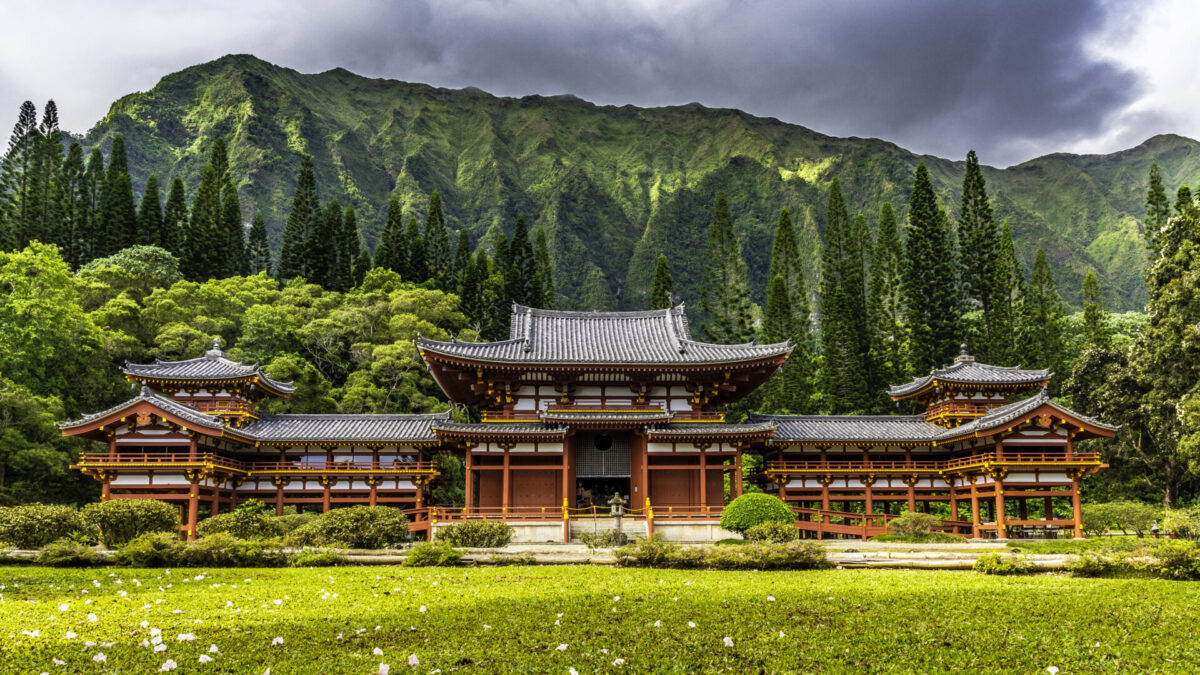
In this article we have introduced 10 cool and unique temples located around Japan, which one caught your eye?? These temples symbolize the history and culture of Japan, and by visiting them, you will discover the charm of Japan from a new perspective. By all means, while touring these temples, try to feel the tranquility and mysterious atmosphere that is unique to Japan. The memorable moments and emotions you may find in these temples are sure to be some of the most special parts of your trip to Japan.
Japan Wonder Travel Tours
Japan Wonder Travel is a travel agency that offers guided tours throughout Japan.
From private walking tours to delicious Food and Drink tours, we can help you organize the best tours just for you! If you want to explore Japan and learn more about the history and backstories of each area you are visiting, our knowledgeable and friendly English speaking guides will happily take you to the best spots!
In addition, we can provide you with any assistance you may need for your upcoming trip to Japan, so please feel free to contact us if yu have any questions or need some help!
▶Tokyo Tsukiji Fish Market Food and Drink Tour
Explore the most lively and popular fish market in Tokyo and try some of the local’s favorite street foods and sake with one of our friendly and knowledgeable English speaking guides!

▶Tokyo 1–Day Highlights Private Walking Tour (8 Hours)
There’s no better way to explore an area than taking a tour with a knowledgeable local guide. You will have the chance to learn about the history and interesting background stories of Tokyo, as well as discover some hidden gems which can be hard to do without a guide.

▶Mt. Fuji Day Trip Bus Tour from Tokyo
Experience the breathtaking views of Mt. Fuji by visiting the highlights of the area on our guided sightseeing bus tour! Departing from Shinjuku in central Tokyo, you can travel comfortably to all of the best spots in the area by bus.

Follow us on Instagram, Facebook, Twitter, and TikTok for more travel inspiration. Or tag us to get featured!
Happy traveling!
